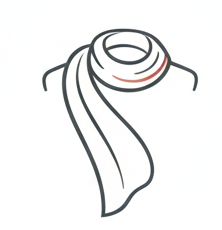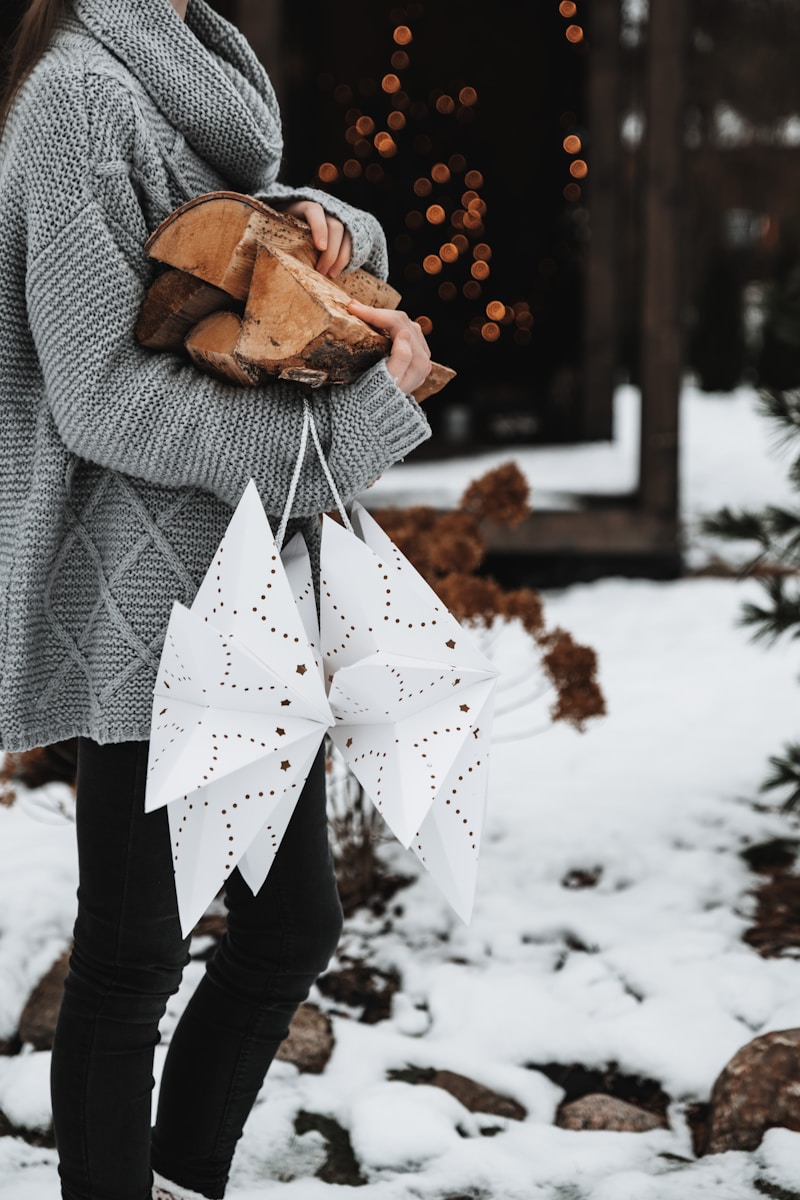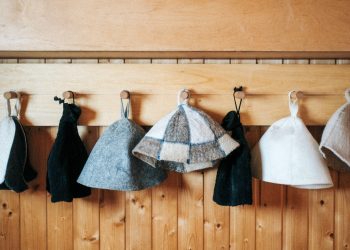When the weather can’t quite decide between warm sunshine and crisp breezes, our closets often feel equally confused. One day calls for a cozy sweater, the next for a breezy dress. Transitioning your wardrobe from one season to the next is more than a matter of packing away heavy coats or pulling out shorts—it’s an opportunity to refresh your style and make the most of every piece you own. With the right strategies, you can glide through those in-between months feeling polished, comfortable, and confident.
Embrace Layering as Your Best Friend
Layering is the ultimate secret to seamless seasonal transitions. Instead of drastically swapping out entire outfits, think in terms of adaptable layers.
Light Base Layers: Start with breathable fabrics like cotton or silk. A classic white T-shirt or a thin turtleneck provides a comfortable foundation without adding bulk.
Flexible Mid-Layers: Cardigans, lightweight sweaters, and denim or utility jackets bridge the gap between chilly mornings and warm afternoons.
Topper Pieces: A structured blazer, a trench coat, or a long vest can instantly elevate an outfit while offering easy on-off versatility.
By mixing and matching these layers, you can respond to unpredictable weather without sacrificing style.
Mix Textures for Visual Interest
Seasonal dressing is about more than temperature control; it’s also about creating depth. Mixing textures—like pairing a silky slip dress with a chunky knit cardigan or combining leather boots with a linen skirt—adds richness and intrigue to your look. This interplay of light and heavy materials subtly signals the change of seasons while keeping your outfit visually dynamic.
Rethink Your Color Palette
Color sets the mood for each season. Transition periods are the perfect time to blend the hues of the outgoing season with those of the new one.
Spring to Summer: Introduce pops of brighter pastels or vibrant prints alongside lingering neutrals.
Summer to Autumn: Layer earthy tones—burnt orange, olive green, mustard—over the light creams and soft blues of summer.
Autumn to Winter: Deep jewel tones like emerald, burgundy, and navy pair beautifully with cozy neutrals.
A gradual color shift keeps your wardrobe feeling fresh without a complete overhaul.
Maximize Year-Round Staples
Certain pieces act as the backbone of a wardrobe no matter the forecast. By identifying these versatile items, you’ll save money and time while maintaining style consistency.
Tailored Blazers: Sharp enough for the office, casual enough for weekend errands.
Denim: A good pair of jeans transcends every season—simply switch sandals for boots or sneakers.
Midi Dresses and Skirts: These work equally well with bare legs in warmer months or layered with tights and boots in cooler weather.
Crisp Button-Down Shirts: Wear them alone in summer or layer under sweaters in winter.
Investing in high-quality staples ensures you can transition effortlessly from one season to the next.
Footwear: The Finishing Touch
Shoes often signal the seasonal shift more dramatically than clothing. To stay ahead of unpredictable weather, keep a range of transitional footwear on hand.
Loafers and Mules: Perfect for both cool mornings and sunny afternoons.
Ankle Boots: Pair with dresses, jeans, or even shorts for an instant autumnal feel.
Classic Sneakers: A year-round favorite that adapts to almost any outfit.
Rotating shoes strategically allows you to stretch your wardrobe while staying comfortable.
Smart Storage and Organization
Transitioning your wardrobe is easier when your closet is well organized.
Seasonal Edit: Before storing clothes, assess what you truly wore. Donate or sell items that no longer fit your style or needs.
Clean Before Storing: Wash or dry-clean garments to prevent stains from setting and fabrics from attracting pests.
Use Proper Storage: Breathable garment bags, acid-free boxes, and cedar blocks help maintain fabric integrity.
A tidy, curated closet ensures that when a new season rolls in, your clothing is ready to shine.
Incorporate Accessories for Instant Updates
Accessories are an affordable, low-effort way to transition your look.
Scarves: Lightweight cotton or silk scarves add color and warmth without bulk.
Belts: A wide belt over a cardigan or dress adds structure and style.
Statement Jewelry: Switching from summery shell necklaces to gold hoops or gemstone earrings can subtly indicate the change in season.
These small touches breathe new life into familiar outfits.
Mind the Fabrics
Fabric weight and breathability play a critical role in comfort during transitional weather.
Spring to Summer: Opt for airy linens, soft cottons, and light knits.
Summer to Autumn: Choose mid-weight fabrics like chambray, twill, and jersey.
Autumn to Winter: Embrace wool blends, cashmere, and heavier knits for warmth.
Understanding fabric performance ensures you’re neither overheating nor shivering as the weather shifts.
Build a Capsule Transition Wardrobe
Consider creating a mini “capsule” specifically for transitional months. Select 15–20 pieces that mix and match well across temperatures and occasions. Include:
Two or three versatile jackets
A handful of layering tops
A few neutral bottoms
Multi-season dresses
Key shoes and accessories
This curated collection simplifies getting dressed and keeps you stylish as the weather changes daily.
Sustainable Swaps and Conscious Choices
Seasonal transitions are also a chance to embrace sustainability.
Repair Before Replace: Mend minor damages instead of discarding garments.
Shop Secondhand: Vintage and thrift finds often include unique, high-quality pieces perfect for layering.
Quality Over Quantity: Invest in durable fabrics and timeless cuts that endure year after year.
By choosing sustainability, you extend the life of your wardrobe and reduce environmental impact.
Confidence Is the True Seasonal Staple
Ultimately, the key to mastering wardrobe transitions is wearing your clothes with confidence. Style is about self-expression, not strict rules. Experiment with unexpected pairings, mix old favorites with new finds, and trust your instincts. When you feel good in what you wear, others will notice the effortless elegance you exude—no matter the season.
Final Thoughts
Transitioning your wardrobe between seasons doesn’t have to be a daunting task or a costly shopping spree. With strategic layering, thoughtful color shifts, and attention to versatile staples, you can create a closet that moves gracefully from warm to cool and back again. By organizing your space, focusing on fabrics, and embracing sustainable choices, you not only simplify your routine but also elevate your personal style.
The changing seasons are an invitation to reinvent and refresh—not to start from scratch. With these insights, your wardrobe will be ready for anything nature throws your way, ensuring that each outfit feels intentional, chic, and perfectly suited to the day ahead.











